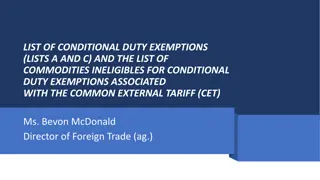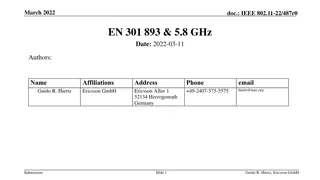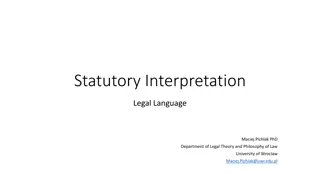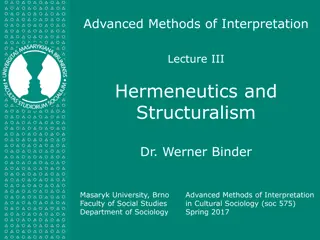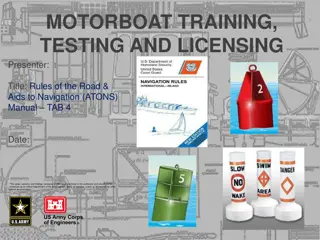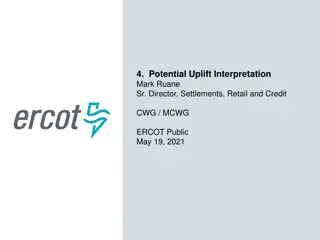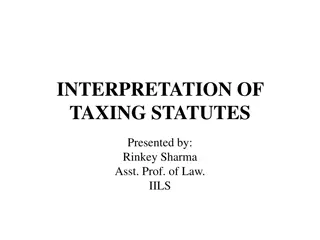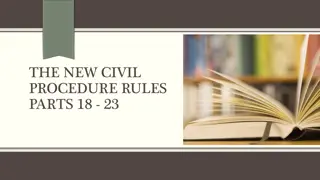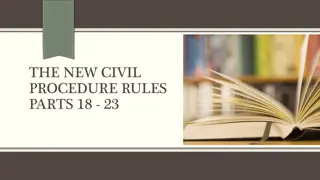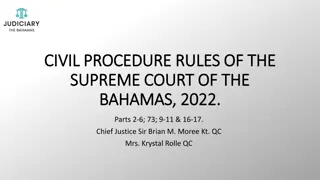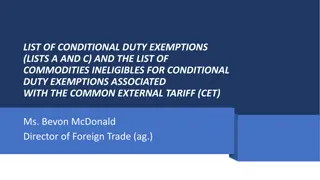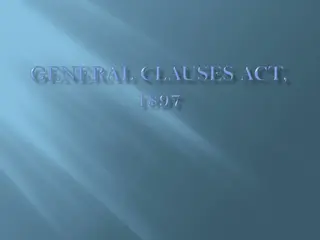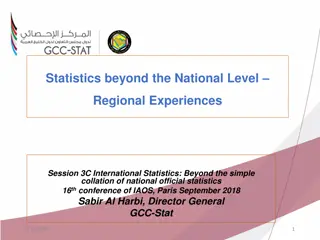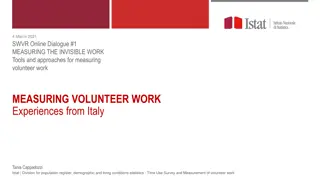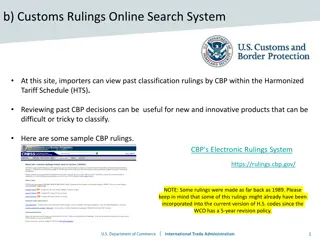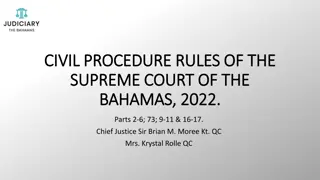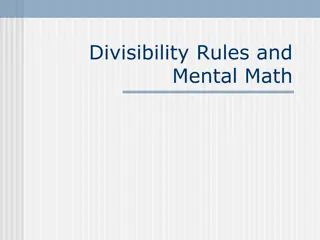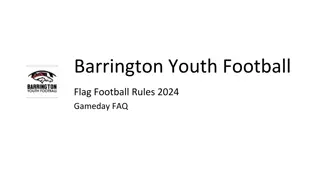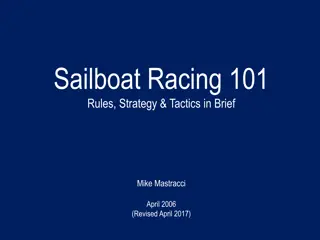General Rules of Interpretation (GRI) in the Harmonized System
The General Rules of Interpretation (GRI) are essential for classifying products under the Harmonized System. Starting with Rule 1 and progressing to subsequent rules if needed, the process determines classification based on headings, notes, mixtures, and more. Products are classified based on specific descriptions, essential characteristics, and the last numerical order among options. Understanding and applying GRI is crucial for accurate product classification.
Download Presentation

Please find below an Image/Link to download the presentation.
The content on the website is provided AS IS for your information and personal use only. It may not be sold, licensed, or shared on other websites without obtaining consent from the author. Download presentation by click this link. If you encounter any issues during the download, it is possible that the publisher has removed the file from their server.
E N D
Presentation Transcript
General Rules of Interpretation (GRI) The General Rules of Interpretation (GRI) are part of the Harmonized System, and allow us to classify all products, by following its process: It is a progressive process. Start with Rule 1; if it is not possible to classify, move on to Rule 2, and so on. Once classification is determined, the process ends. 1
General Rules of Interpretation (GRI) 1. Text of Headings / Notes 2.a Unfinished / disassembled 1. The titles of Sections, Chapters and sub-Chapters are provided for ease of reference only; for legal purposes, classification shall be determined according to the terms of the headings and any relative Section or Chapter Notes and, provided such headings or Notes do not otherwise require, according to the following provisions. 2. (a) Any reference in a heading to an article shall be taken to include a reference to that article incomplete or unfinished, provided that, as presented, the incomplete or unfinished article has the essential character of the complete or finished article. It shall also be taken to include a reference to that article complete or finished (or falling to be classified as complete or finished by virtue of this Rule), presented unassembled or disassembled. Classification shall be defined by the text of the headings or notes. Even if it is unfinished or disassembled, -as long as it has its essential character-, it can be classified by the text of heading and notes. 2
General Rules of Interpretation (GRI) 2b. Mixtures 3. If two (or more) codes are plausible (b) Any reference in a heading to a material or substance shall be taken to include a reference to mixtures or combinations of that material or substance with other materials or substances. Any reference to goods of a given material or substance shall be taken to include a reference to goods consisting wholly or partly of such material or substance. The classification of goods consisting of more than one material or substance shall be according to the principles of Rule 3. When by application of Rule 2 (b) or for any other reason, goods are, prima facie, classifiable under two or more headings, classification shall be effected as follows: 3(a) The heading which provides the most specific description shall be preferred to headings providing a more general description. However, when two or more headings each refer to part only of the materials or substances contained in mixed or composite goods or to part only of the items in a set put up for retail sale, those headings are to be regarded as equally specific in relation to those goods, even if one of them gives a more complete or precise description of the goods. A mixed product may seem to be eligible for classification under two or more Headings. However it can only be classified in one. The most specific prevails 3
General Rules of Interpretation (GRI) 3(b) Mixtures, composite goods consisting of different materials or made up of different components, and goods put up in sets for retail sale, which cannot be classified by reference to 3(a), shall be classified as if they consisted of the material or component which gives them their essential character, insofar as this criterion is applicable. 3(c) When goods cannot be classified by reference to 3(a) or 3(b), they shall be classified under the heading which occurs last in numerical order among those which equally merit consideration. The most essential character If you are still unable, just use the last (higher) code 4
General Rules of Interpretation (GRI) 4. Goods which cannot be classified in accordance with the above Rules shall be classified under the heading appropriate to the goods to which they are most akin The most similar product If you are still unable to determine the appropriate classification, you should consider requesting a Customs ruling. https://rulings.cbp.gov/ Rule 5 applies to cases and packaging materials, and Rule 6 says that you must start over at the sub- heading level. 5



